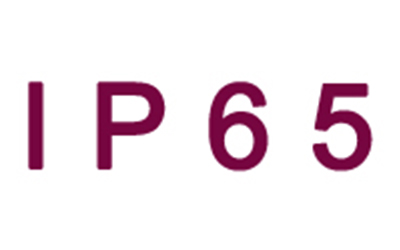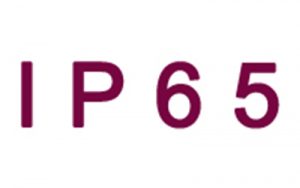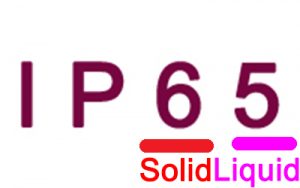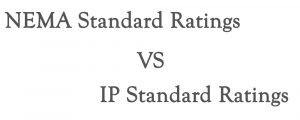
It is beneficial to know what protection of your electrical enclosure can provide to your electrical equipment. Being knowledgeable about IP ratings will help you with that. Thus, you will know when and what types of enclosures you should use in any application.
The IP Rating (Ingress Protection) is widely used by companies or buyers in Europe countries to decide and specify the protection of an electrical enclosure should provide against harsh, environmental conditions.
This rating system is created by International Electromechanical Commission (IEC), a worldwide organization for standardization to set specific rules and standards and to promote international cooperation on all questions about electrical and electronic fields. Therefore, to set specific and quality standards, the IEC collaborates closely with the International Organization for Standards (ISO).
https://en.wikipedia.org/wiki/International_Electrotechnical_Commission
Regarding different of how to categorize standard in Europe and the US. In the States, they use NEMA rating to standardize grade of enclosures. However, we can compare IP rating to NEMA rating.
If anyone wants a complete description of the IP ratings and associated testing, it can be found in IEC Publication 529. However, it is important to note that before these ratings at first are set to classify electrical enclosures, promptly, it is used by engineers to compare levels of sealing. Furthermore, IP ratings are used by companies and manufacturers to classify the degrees of protection against solid objects and ingression of liquid. Moreover, the IP standard already defines requirement to pass the test, what tests should be done to prove the degrees of protection. To see the different applications and tests are done for IP ratings, please see this link: https://en.wikipedia.org/wiki/IP_Code
To recap, the IP rating generally consists of two (but may have three) numbers, and in several occasions, a letter:

The first digit refers to protection from solid ingress or intrusion.
The second digit refers to protection from ingress of liquid.
To further explain the ratings, levels 5 and 6 are primarily designed for dust protection. However, level 5 of IP rating does not provide total protection from dust, but the amount of dust allowed are not enough to affect or deviate the equipment operation. While, the level 6, the enclosure is totally sealed, dust-tight. Tests are conducted to make sure the quality inside a dust chamber. Enclosures are subjected to fine talcum powder and to imitate dust in the wind, it is circulated in the room by a blower. Although sometimes, test requirements need a partial vacuum drawn in the enclosure. These vacuum tests are done for about 2 to 8 hours, and this depends on the air volume drawn in the cabinet. The normal longevity of non-vacuum tests is around 8 hours to ensure efficiency of the enclosure.



